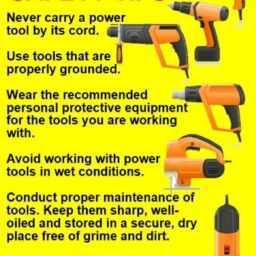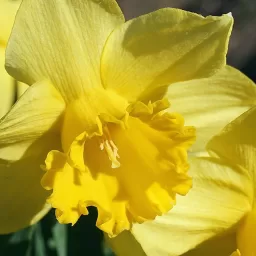Renewable Energy Options For The Home – Part 1 – Biomass-Wood Pellet – Hydropower- Wind Power
The use of energy in our homes is inescapable, providing heating and electricity within the home. Traditionally, we have been reliant on fossil fuels such as coal, gas and oil to provide for our energy needs. Fossil fuels by nature are a finite resource and will eventually run-out. In addition to this, they are damaging to the environment contributing greatly to the production of greenhouse gases. The most significant of these greenhouse gases is carbon dioxide (CO2) – almost half of the energy related to CO2 emissions derive from energy use in buildings.
There are numerous ways of reducing energy needs within the home without comprising on warmth, comfort and general standard of living. Renewable energy sources can help reduce the emission of greenhouse gases and also are good for the economy given the issues surrounding the longer term availability of fossil fuels.
Renewable energy options for a homeowner include solar energy (the sun), heat generated from below the earth’s surface (geothermal) and wood and energy crops (biomass). In Ireland, several of these resources are in good supply. The homeowner can do their part for the environment by opting for a renewable heating system that meets their need in terms of heat demand, budget and environmental considerations.
Biomass
Biomass is all plant and animal matter on the Earth’s surface. Bioenergy is the term given to harvesting biomass such as crops, trees etc. to generate energy.
Indeed, Biomass was the first fuel that mankind learned to use when the first primitive fires were started. Biomass has achieved a significant share of the energy market on the Continent. Ireland has one of the lowest uses of Biomass in Europe but has one of the largest resources. Biomass provides about 1% of the country’s energy needs in the form of domestic and industrial wood heating. Wood is a ‘carbon neutral’ fuel in that it absorbs as much CO2 when it grows as it releases when it is burned.
The main types of wood fuel are chips and pellets. Wood chips are a clean, low moisture fuel made from wood in its natural state. They are a high energy, low-smoke fuel. They are a bulk fuel meaning that they are generally unsuitable for domestic purposes due to storage issues. They are used in larger buildings or to heat clusters of domestic properties through a heating scheme. Wood pellets are a clean, dry fuel made from a mixture of sawdust and wood shavings. The Wood pellets are 6-12mm in diameter and 6-20mm in length. Pellets are easy to ignite and leave little ash. A feeding mechanism such as a hopper can be used to feed the Pellet Burner.
In a similar vein to traditional oil or gas burners, a Wood Pellet boiler will provide full central heating and hot water. Wood Pellet Stoves provide heating for a single room. They produce a small fire that, concentrated in the center of the unit, burns hot.
In a similar vein to traditional oil or gas burners, a Pellet boiler will provide full central heating and hot water. Pellet stoves provide heating for a single room. They produce a small fire that, concentrated in the center of the unit, burns hot.
One important consideration when opting for a Pellet Burner is storage. Pellet are a bulky fuel meaning that more storage space is required than that for oil. The store must also be kept completely dry and free from damp.
Hydropower
Hydropower is the capture of the energy of moving water for some useful purpose. The energy of moving water has been exploited for centuries but was first used to produce electricity in the 1870’s. Power generated from a hydro scheme depends on the height the water falls and the volume of water available. Water is diverted from a given point on the river through to a turbine house where a turbine converts the kinetic energy of falling water into mechanical energy. Then a generator converts the mechanical energy from the turbine into electrical energy.
Given it’s nature, the resource is very site specific (even more than solar) but if you are lucky enough to have a stream nearby and you have enough head (height between your source and your hydro turbine) and enough flow, then it is a viable option. Issues to consider are the capital required on civil engineering work such as the weir and water channel. Building a diversion and intake that effectively screens out debris and can stand up to high seasonal flows can be challenging.
Wind Power
Ireland is blessed with an abundance of wind energy. More and more large-scale wind turbines can be seen around the country to provide for the country’s electricity needs. Wind energy is clean, free and of course, infinite.
For remote locations that have no connection to the energy grid, a power supply based on a wind turbine will produce electricity much cheaper than the costs of bringing in power lines. Turbines large enough to provide a significant portion of the energy needs for the average household require at least half an acre of land. Factors determining the viability of turbines for the home include wind speed and direction. Wind speed increases with height so turbines will give a greater output if placed at a higher level. The site must also have a good ‘aspect’ to the prevailing wind.
hydropower
#Renewable #Energy #Options #Home #Part #BiomassWood #Pellet #Hydropower #Wind #Power
Will be pleased to have you visit my pages on social networking .
Facebook page here.
Twitter account is here.
Linkedin account here
Post byBedewy for info askme VISIT GAHZLY


